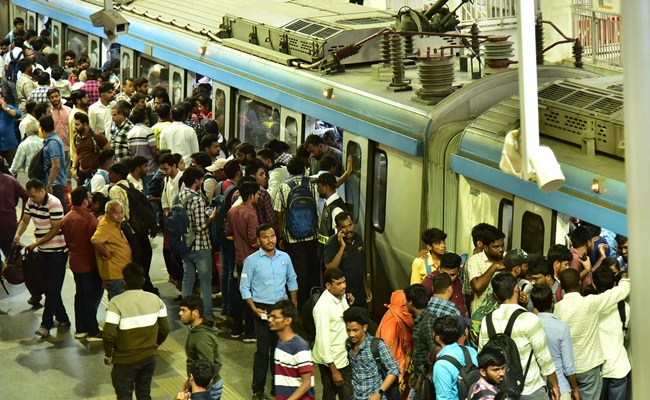The Hyderabad Metro has emerged as one of India’s most successful urban transit systems, widely praised for its rapid construction, efficient operations, and world-class maintenance. Serving millions of commuters daily, it has become a model for modern public transport in the country. However, as the spotlight shifts to proposed metro rail projects in Visakhapatnam (Vizag) and Vijayawada, a debate has arisen: can these cities replicate Hyderabad’s success story?
Critics caution that if a benchmark project like Hyderabad Metro were ever to face operational or maintenance challenges, the prospects for new metros in other cities could be jeopardized. While Hyderabad boasts minimal breakdowns and strong public approval, the realities of Vizag and Vijayawada—such as lower urban density, funding constraints, and different infrastructure challenges—may complicate replication.
Both Vizag and Vijayawada have expressed interest in metro projects to tackle growing traffic congestion and meet the demands of expanding populations. Yet, skeptics point to India’s patchy track record, where metro projects in some cities have suffered delays, cost overruns, and limited ridership. Without careful planning, Andhra Pradesh’s ambitions may face similar hurdles.
Urban planners stress that while Hyderabad offers valuable lessons, Vizag and Vijayawada must adopt tailored strategies that account for local demographics, geography, and existing transportation networks. Experts also highlight the importance of public participation, transparent planning, and sustainable funding models to ensure long-term success.
The stakes are high: a well-executed metro could transform mobility and stimulate urban growth in Andhra Pradesh, just as it did in Hyderabad. Conversely, failure could undermine public confidence in large-scale infrastructure projects.
As the discussions intensify, policymakers are urged to strike a balance between ambition and realism—drawing inspiration from Hyderabad while designing solutions unique to Vizag and Vijayawada’s needs.



